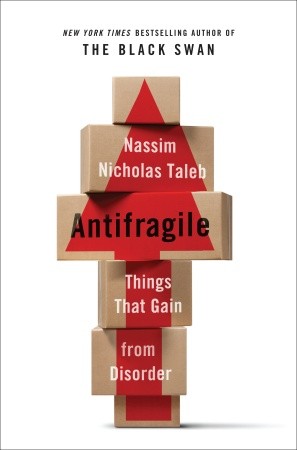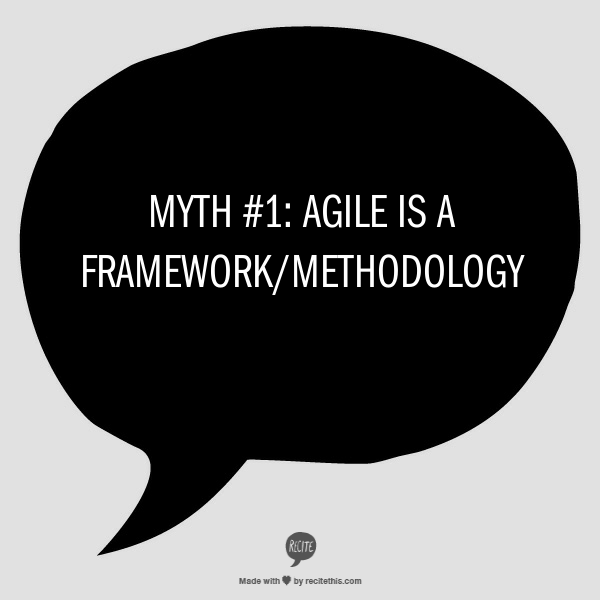Like any professional should I spend a great deal of my time attending user’s groups, reading professional articles, speaking with leaders in my field, etc in an attempt to find ways to do my job better. This morning I stumbled upon a couple of interesting articles, The Unintended Consequences Of A Leader’s Lack Of Trust (whose link has gone inactive) and Employees leave managers, not companies. While not exactly writing about the love, these got me to thinking about love and its place fostering Agility.
It is the nature of my job to bond tightly with the teams that I work with and also to have to leave these teams frequently, as they achieve a high level of self organization, to pursue opportunities to help other teams. I am currently faced with one of these moments and the feeling, as always, is bittersweet. I am excited about my new opportunity but will genuinely miss the teams I have worked with over the past few months.
Continue reading Looking for Agile Success – All You Need is Love


